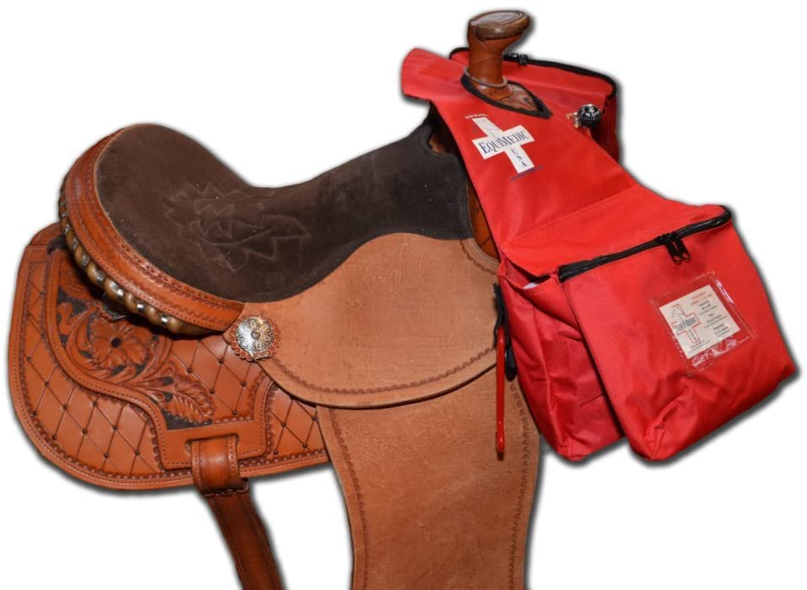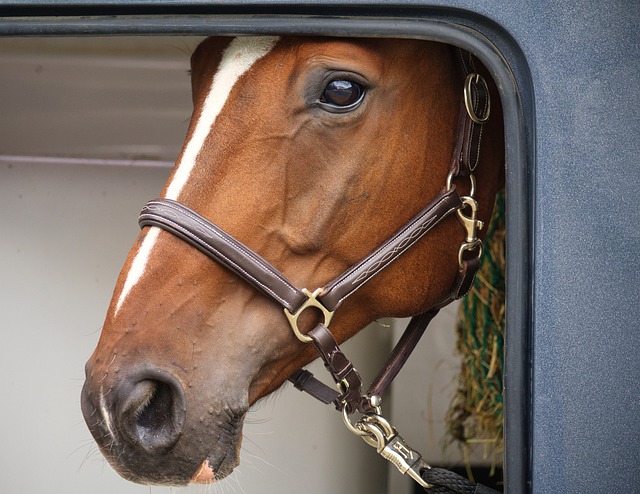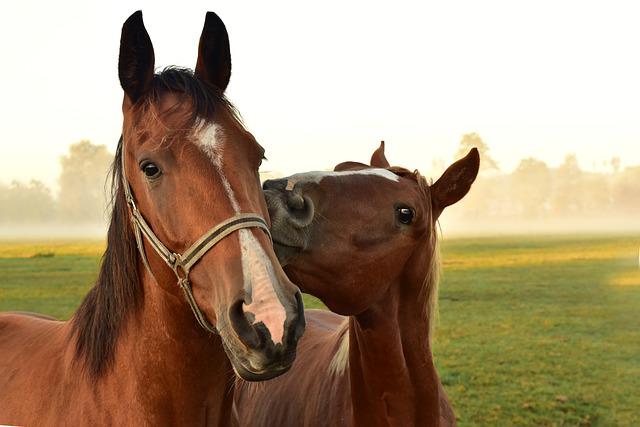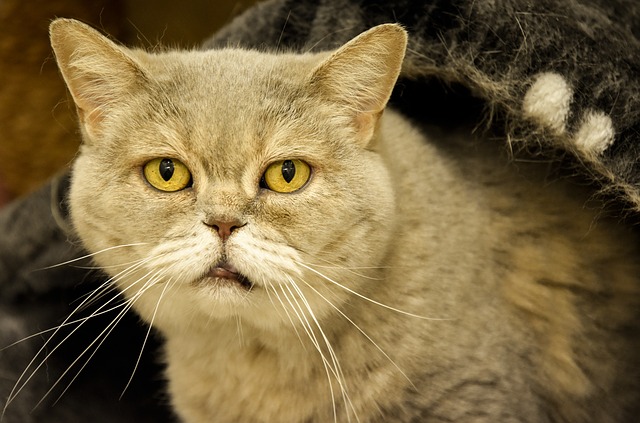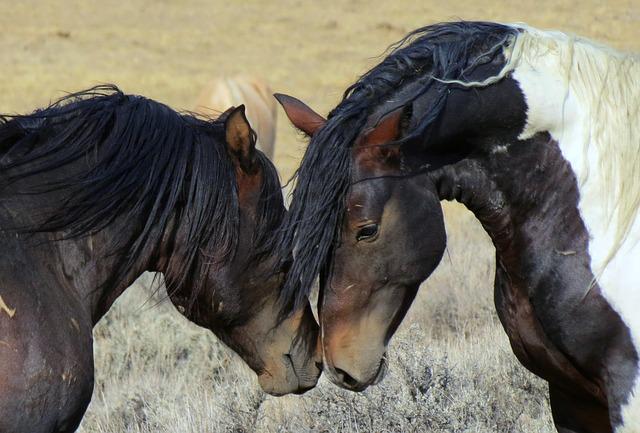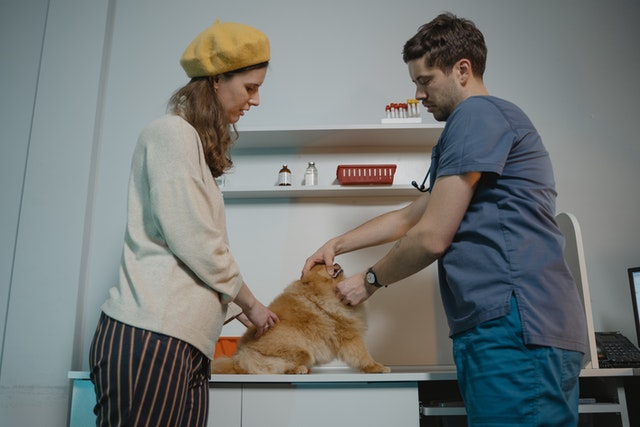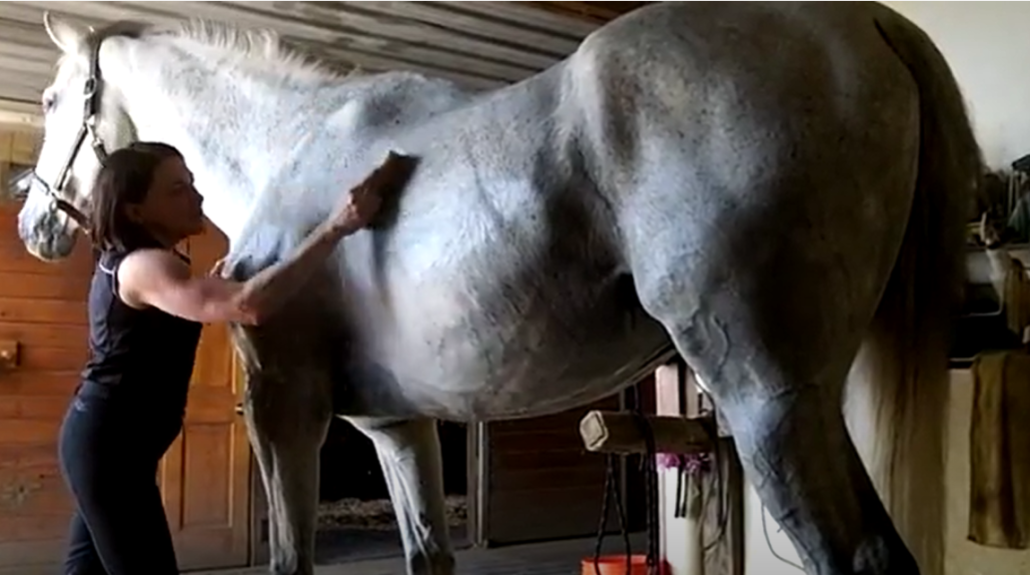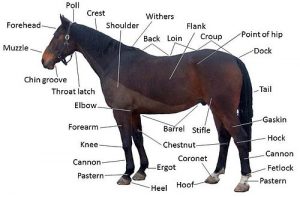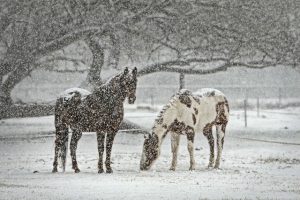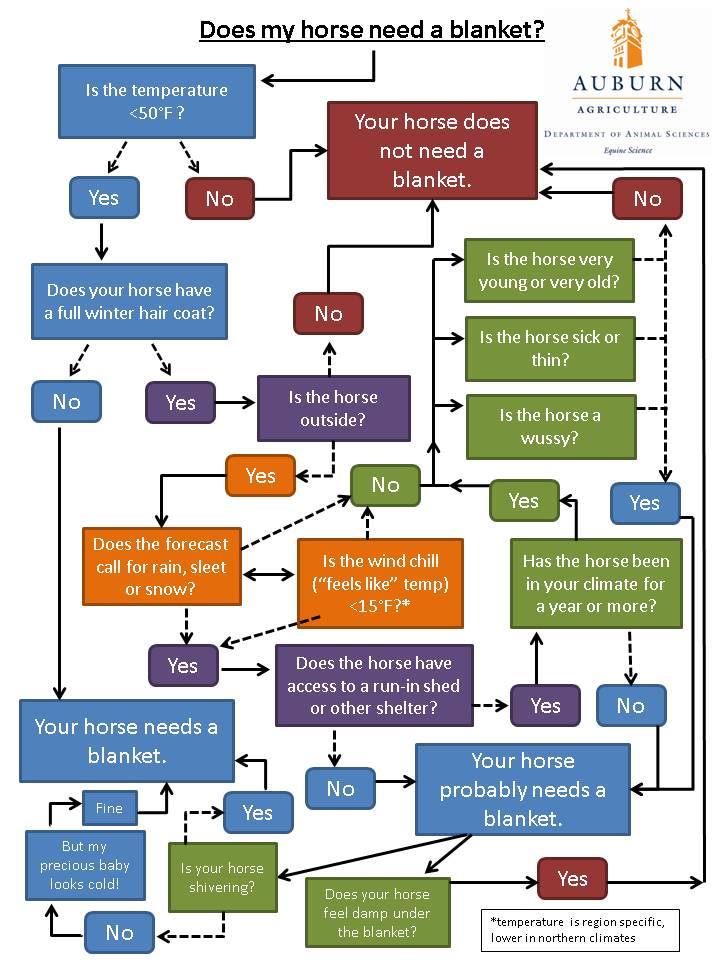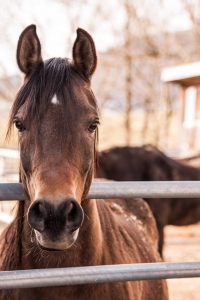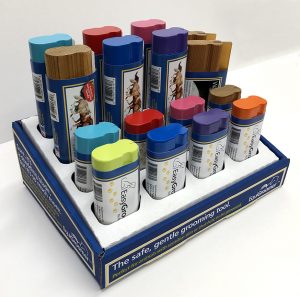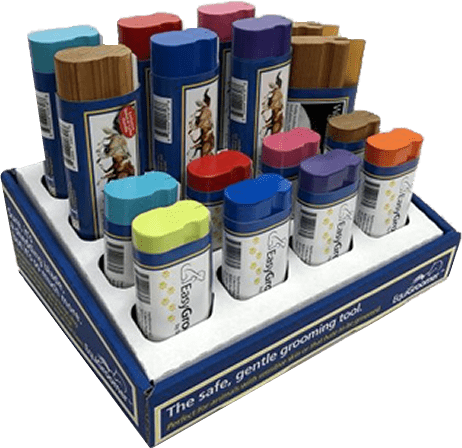Horses have been our companions, workers, and partners for centuries. Across the globe, various breeds have captured the hearts of equestrians and enthusiasts with their unique characteristics and history.
Let’s embark on a journey through seven of the most popular equine breeds below starting with one of the oldest breeds on Earth, the Arabian.
(Disclaimer: This list may not include all the “popular” horse breeds. Popularity is as diverse as the people who love them!)

Arabian
The Arabian horse is one of the oldest and most influential breeds in the world, dating back thousands of years. Originating from the Arabian Peninsula, these horses are known for their distinctive dished face, arched neck, and high tail carriage. Revered for their endurance and intelligence, Arabians excel in endurance riding and are prized as show horses. (Source: Arabian Horse Association)
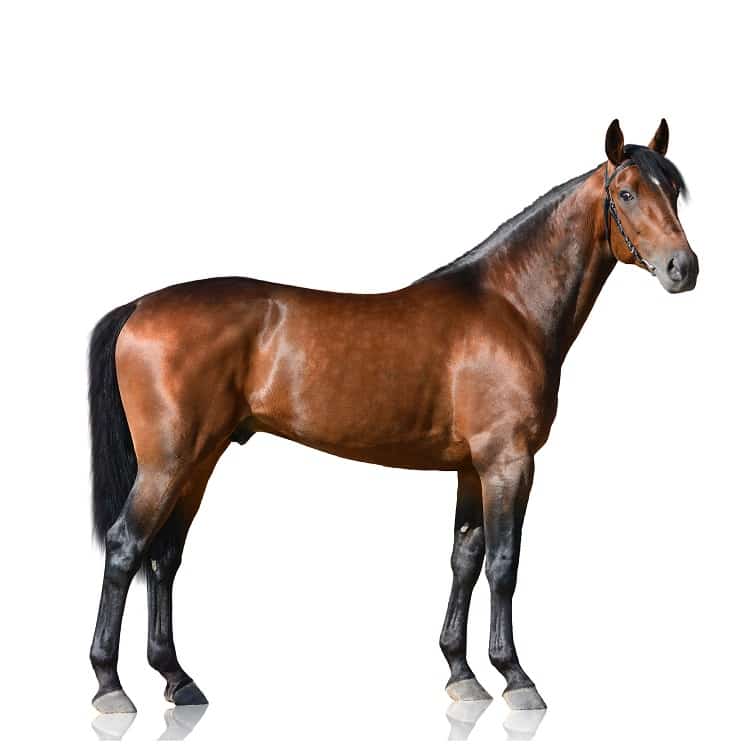
Thoroughbred
Originating in England in the 17th century, Thoroughbreds are renowned for their speed and agility. Primarily bred for racing, these elegant horses possess a lean build, long legs, and a spirited temperament. With their lineage traced back to three founding sires, the Thoroughbred’s athleticism has made it a dominant force in the world of horse racing. (Source: Thoroughbred Horsemen’s Association)
Fun Fact: did you know that the name “Thoroughbred” came after breeders believed the breed had been “thoroughly bred!”
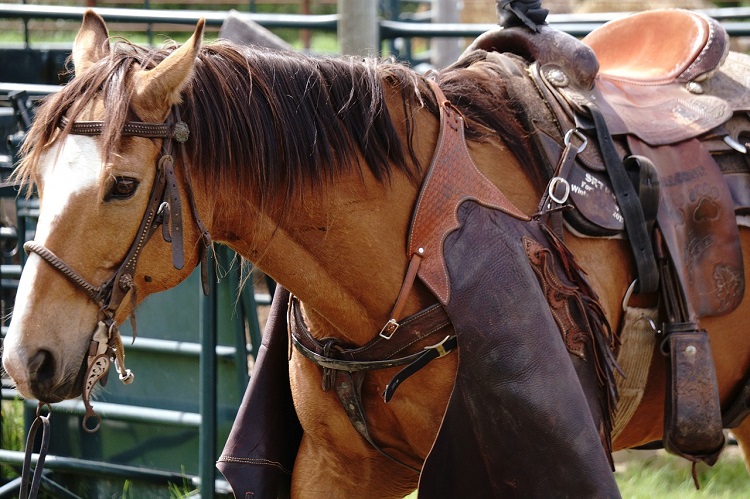
Quarter Horse
Hailing from the United States, the Quarter Horse is celebrated for its versatility and strength. Named for its prowess in quarter-mile races, this breed excels in various disciplines, including barrel racing, reining, and ranch work. With a compact build and powerful hindquarters, Quarter Horses are prized for their agility and gentle disposition. (Source: American Quarter Horse Association)
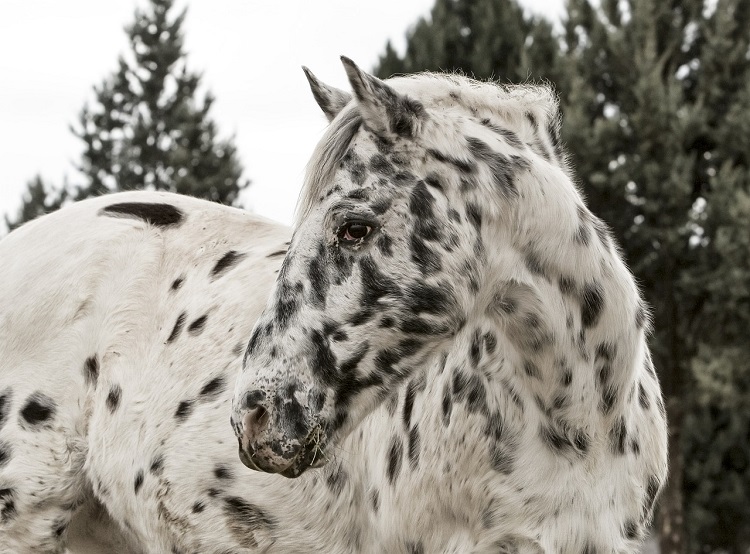
Appaloosa
Once bred by the Nez Perce tribe, the Appaloosa has colorful coat patterns and spotted skin. Valued for versatility, speed, agility and overall stamina, the Appaloosa excels in both Western and English disciplines, as well as in the show ring and on the trail. (Source: Appaloosa Horse Club)
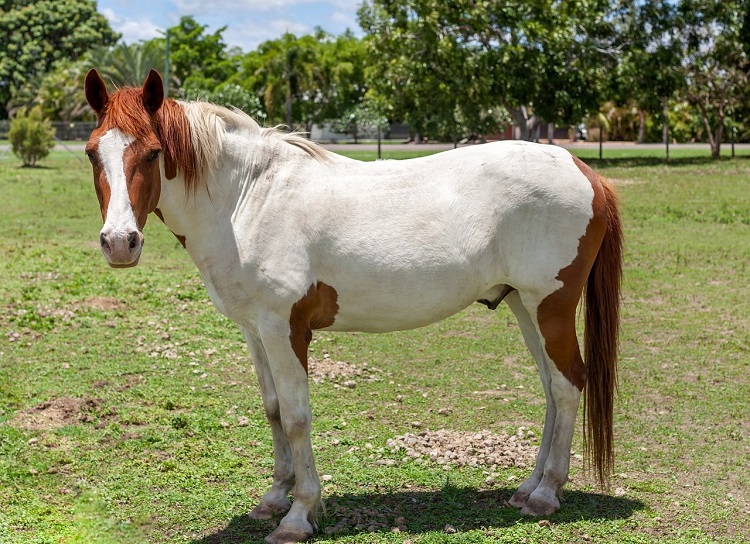
Paint Horse
A favorite among western riders, the Paint Horse has distinctive coat patterns, characterized by large patches of white and any other color. Originally descended from spotted horses brought to the Americas by Spanish explorers, Paint Horses are versatile athletes, competing in disciplines such as barrel racing, cutting, and pleasure riding. (Source: Paint Horse Association)
Looking for a healthy homemade treat for your horse? With just 20 minutes and 7 ingredients, you can make this easy horse treat courtesy of Mama on the Homestead!
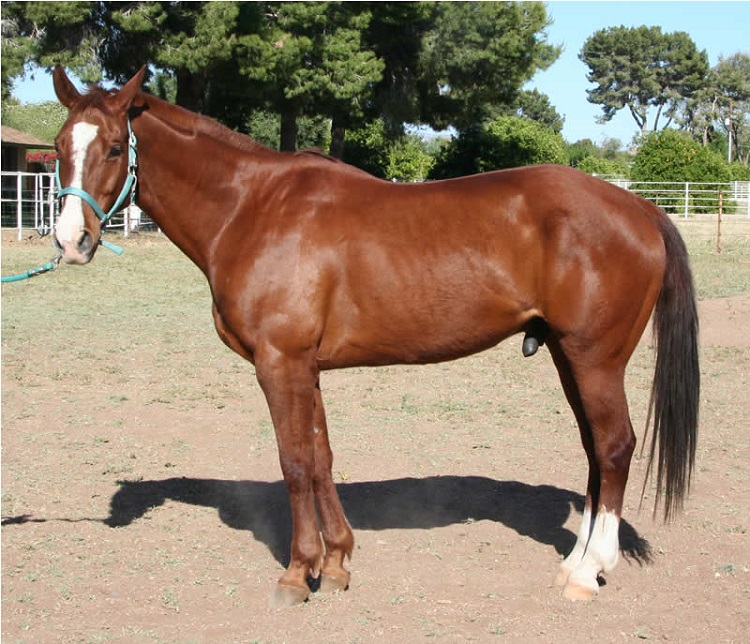
Appendix
Another popular equine breed is the Appendix. No, we’re not talking about the body part, but another very popular and versatile horse breed! The equine Appendix is a cross between a Quarter Horse and a Thoroughbred. Their popularity comes from combining the energy and temperament of the Thoroughbred and the incredible speed and agility of the Quarter Horse. (Source: Horse Illustrated)

Morgan
With roots tracing back to the United States, the Morgan is one of the oldest horse breeds in America. Known for its compact build, refined head, and proud carriage, the Morgan is a versatile breed excelling in driving, riding, and ranch work. Due to their loyal and affectionate nature, they make excellent family horses and performers in various disciplines. (Source: American Morgan Horse Association)
In Conclusion
The world of horses (and the popular equine breeds) is as diverse as the people who love them! Each breed brings its unique charm, personality, and capabilities. Whether it’s the speed of the Thoroughbred, the Quarter Horse’s versatility, or the Arabian’s elegance, there’s a breed to suit every rider!

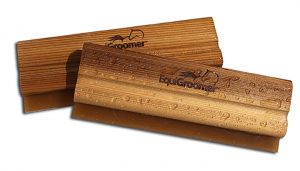
No matter your choice of horse breed,
it’s important to have the best grooming tools to keep your horse in tip-top shape!
Make bathing your horse easier with our 7-inch WaterWisk Equine Sweat Scraper!
Questions about our EasyGroomer Tools?
Call us at 860-573-0604 or email us at EquiGroomer.com
to give your horses, dogs, or cats the BEST grooming experience!



